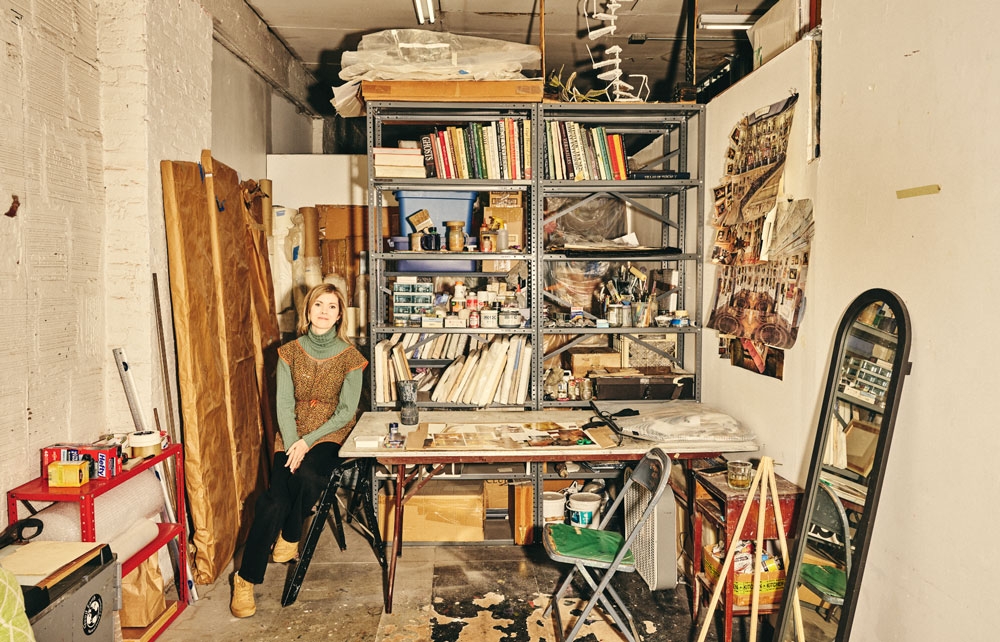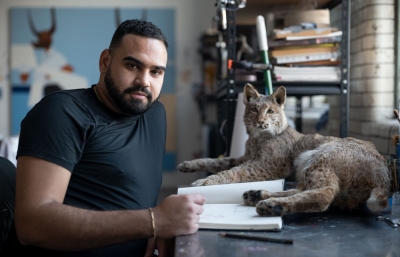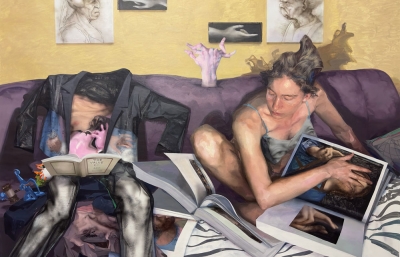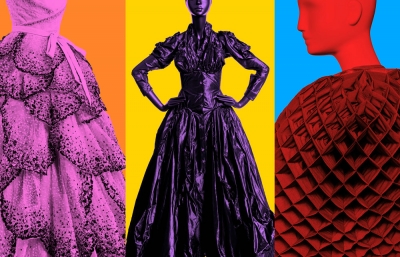So, after being surrounded by creativity and then going to art school, you moved to New York City to get a graduate degree at Hunter College. Was that a big transition?
Absolutely! Chicago. It was so cerebral and serious, so my study there was, well, very non-commercial. And when I came to New York, it was sort of like, “All bets are off; you can do whatever you want!” In Chicago, you had to have a reason for what you did; it had to be conceptual in some way. In New York, it was more, “If you’re interested, explore it. So I think I felt a little unmoored for awhile.
Ha, the Midwestern sensibility is more scheduled and plainspeaking; grow the crops, early to bed and early to rise, all with a particular outcome in mind. And in New York, you’re up all hours, right? I’m thinking of the one painting made from the vantage point of a bartender at night. Funny, I can’t imagine you had experience making drinks.
No, I didn’t, but I needed a job and wasn’t having any luck. I ride horses and even tried to get a job at a stable. I was pretty despondent and was at a bar one night, telling a young man sitting next to me about my situation. Coincidentally, he suggested I come down to his bar for an interview. So I went and got the job! I would never have thought to do that if it hadn’t been for him.
I would think it would be a great source for artistic inspiration, you standing there with so many different types of folks approaching you and getting involved in conversations. I’m thinking of the song “Closing Time.”
It’s so visual. With the glasses, sinks, and everything. It’s not like working in an office where everything is gray; there are so many colors, movements, shapes, and people. It was very visually stimulating. I kept bartending after I graduated and also went to work with the Joe Mitchell Foundation, a nonprofit that basically supplies grants to artists and, at the time, had a teaching arm where we would go to different schools. I was doing my art on the side, but I didn’t feel ready to enter the art world. I think I was scared of it.
Was it the aspect of getting representation and trying to get a gallery show?
Yes, and I guess I was still looking for my style. I mean, I had a studio the whole time because if you have a studio, you have to keep making the art. I was making a huge installation of a house out of paper. It was humongous, really unwieldy, and hanging from the ceiling. I was determined to make this whole house out of paper. It had cups, utensils, clothing, and furniture—all flat pieces of paper hanging in space—and I did that for about three years. I was sort of cocooning myself, but it was also kind of a way not to have to make the leap.
Then an odd thing happened. I went home to Indiana to visit my family, and I found this little painting I’d made in college. I pulled it out from under my oyster’s bed; it was 9 by 12 inches. I looked and thought, “This is pretty fine. Why don’t I just paint on panel or canvas?” I had been making these fragile, huge things, but when I started working on wood, I felt a lot better, as if it balanced me out. I felt like I could really communicate with this













